Beverage maker Coca-Cola Co. demonstrated that thirst quenching doesn’t come and go with the economy.
On booming international sales, the blue chip Dow component and world’s biggest soft drink maker Coca-Cola (NYSE: KO) reported a better-than-expected second quarter profit this week. Coca-Cola’s quarterly profit was $2 billion, or 88 cents per share.
Despite a downturn in the United States, where the demand for soft drinks is slightly down from past years, business in emerging markets such as India and China is blossoming.
Coca-Cola enjoyed a 33 percent sales growth in India during the second quarter, followed by China with 14 percent. The company credits much of its success during the economic downturn to overseas sales.
“Our investments in key growth markets contributed to the good performance in China, Mexico, India and Brazil,” said CEO Muhtar Kent in a statement. “And, with our disciplined approach to productivity initiatives, we remain on track to achieve our $500 million target in annualized savings by 2011 and expect to deliver more than half of the savings by the end of this year.”
Coca-Cola’s earnings would be even bigger if not for a strong U.S. dollar. Foreign exchange shaved 14 percent off its second quarter profits, the company said. As a U.S. company, Coca-Cola’s foreign sales translate to fewer dollars when the dollar strengthens against foreign currencies. It expects another 12 to 14 percent charge during the third quarter.
Coca-Cola sells syrup to independent regional bottlers internationally, as well as fountain syrup to restaurants. It also directly markets bottled and canned tea, juice, and other soft drinks in almost all markets globally.
In a conference call with analysts this week, executives said that Coca-Cola would restart its share buyback program to repurchase up to $1 billion worth of stock. The companie put the program on hold last year to save cash in anticipation of buying Huiyuan Juice Group Ltd., a Chinese maker of juice products. Of course, that deal was nixed by Chinese authorities.
Even with the economic downturn, analysts expect Coca-Cola’s business to continue thriving. Together with its bottlers, the company recently rolled out its “Vision 2020” plan to better tackle new markets and new products.
“Despite the very challenging macro environment KO appears to be on track to deliver on its long term guidance,” Credit Suisse analyst Carlos Laboy wrote in a research note to clients on Tuesday.
On booming international sales, the blue chip Dow component and world’s biggest soft drink maker Coca-Cola (NYSE: KO) reported a better-than-expected second quarter profit this week. Coca-Cola’s quarterly profit was $2 billion, or 88 cents per share.
Despite a downturn in the United States, where the demand for soft drinks is slightly down from past years, business in emerging markets such as India and China is blossoming.
Coca-Cola enjoyed a 33 percent sales growth in India during the second quarter, followed by China with 14 percent. The company credits much of its success during the economic downturn to overseas sales.
“Our investments in key growth markets contributed to the good performance in China, Mexico, India and Brazil,” said CEO Muhtar Kent in a statement. “And, with our disciplined approach to productivity initiatives, we remain on track to achieve our $500 million target in annualized savings by 2011 and expect to deliver more than half of the savings by the end of this year.”
Coca-Cola’s earnings would be even bigger if not for a strong U.S. dollar. Foreign exchange shaved 14 percent off its second quarter profits, the company said. As a U.S. company, Coca-Cola’s foreign sales translate to fewer dollars when the dollar strengthens against foreign currencies. It expects another 12 to 14 percent charge during the third quarter.
Coca-Cola sells syrup to independent regional bottlers internationally, as well as fountain syrup to restaurants. It also directly markets bottled and canned tea, juice, and other soft drinks in almost all markets globally.
In a conference call with analysts this week, executives said that Coca-Cola would restart its share buyback program to repurchase up to $1 billion worth of stock. The companie put the program on hold last year to save cash in anticipation of buying Huiyuan Juice Group Ltd., a Chinese maker of juice products. Of course, that deal was nixed by Chinese authorities.
Even with the economic downturn, analysts expect Coca-Cola’s business to continue thriving. Together with its bottlers, the company recently rolled out its “Vision 2020” plan to better tackle new markets and new products.
“Despite the very challenging macro environment KO appears to be on track to deliver on its long term guidance,” Credit Suisse analyst Carlos Laboy wrote in a research note to clients on Tuesday.
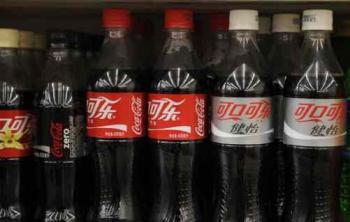
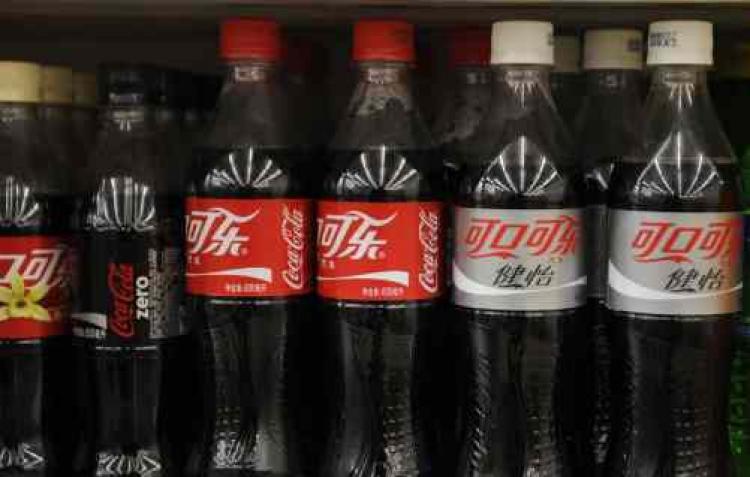

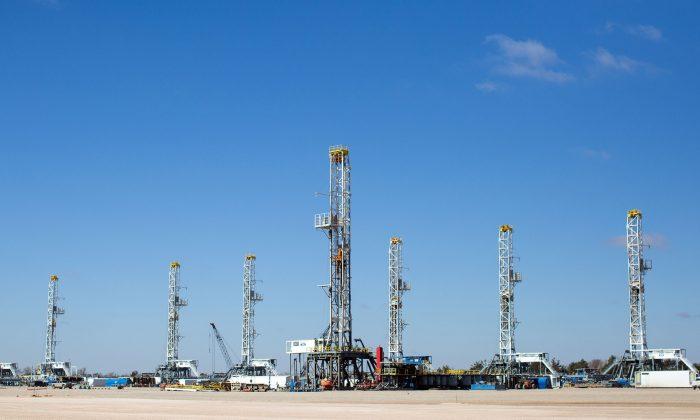
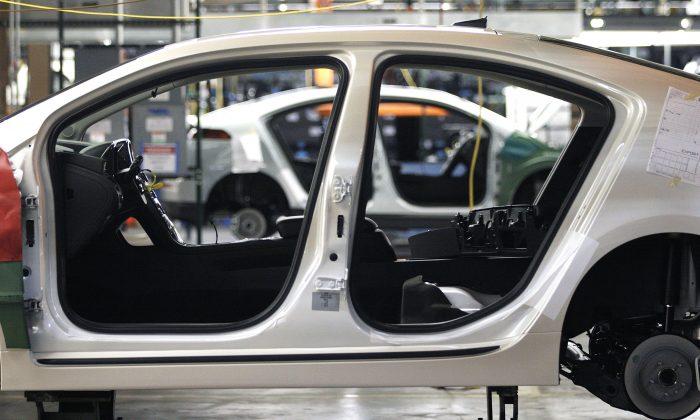
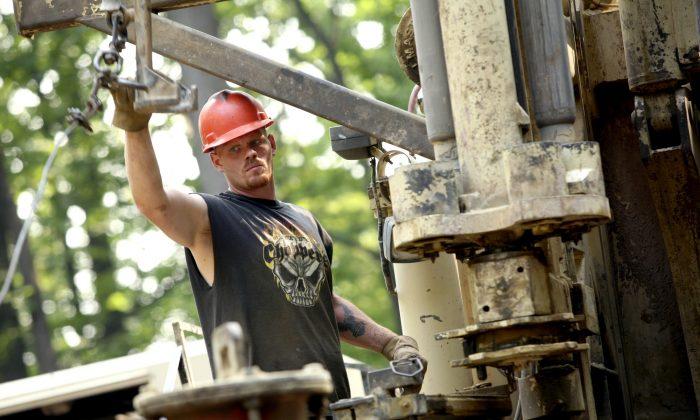

Friends Read Free